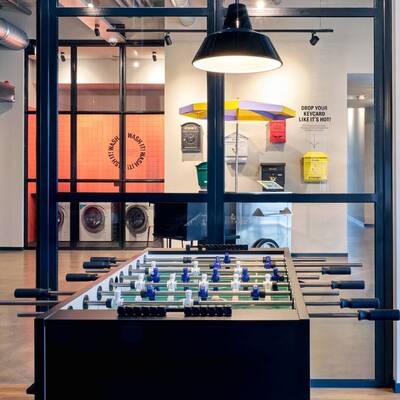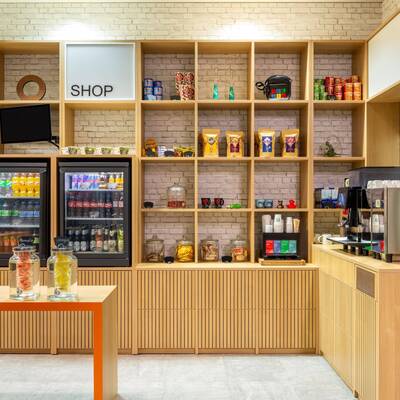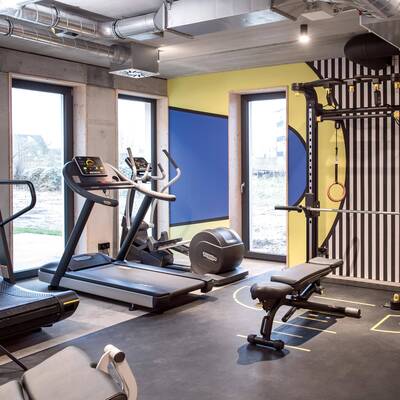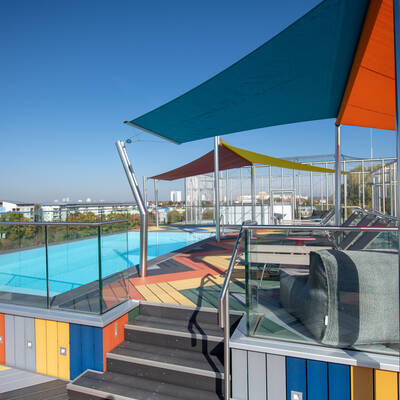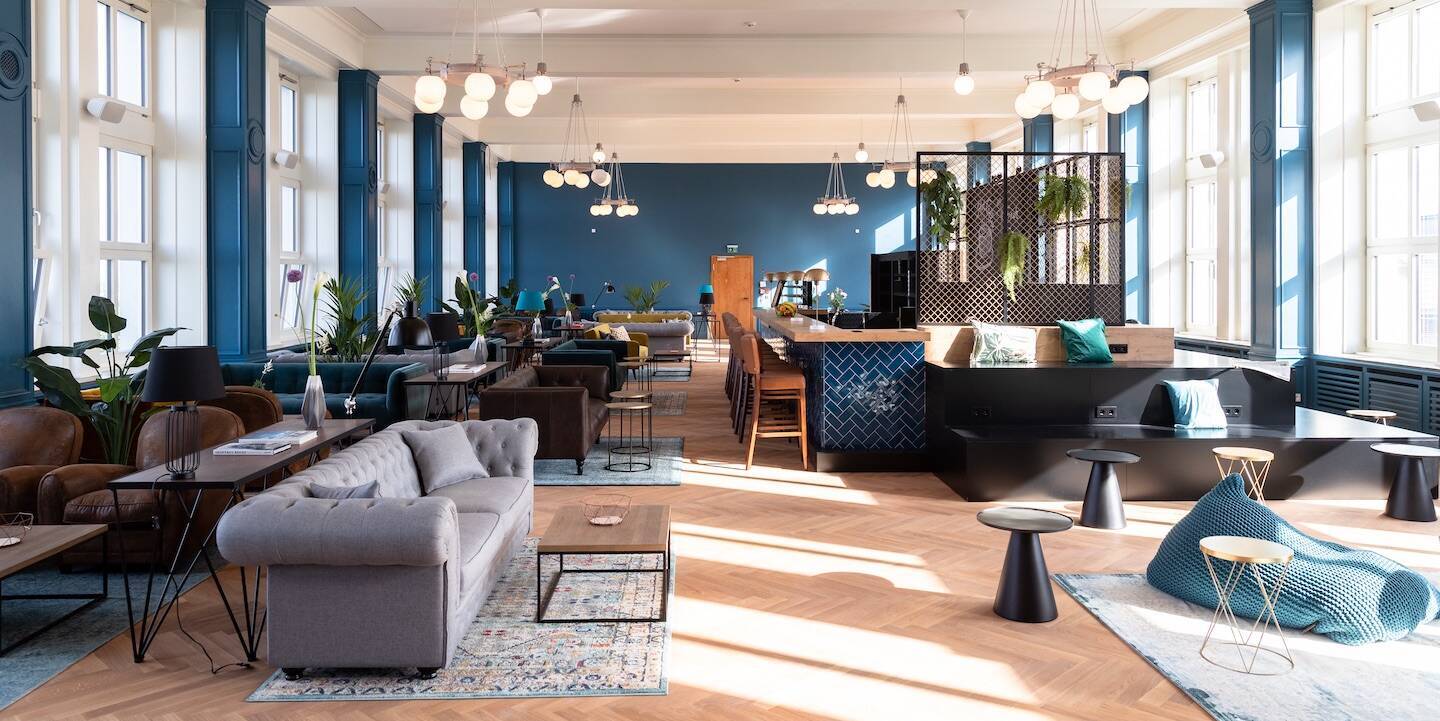Co-living means living in the community.
Co-living (the "co" stands for community) has been one of the latest trends in the serviced apartment segment for several years. Originally, co-living concepts come from the residential sector (= serviced accommodation), but they are now also offered as commercial concepts.
Basically, there is still no general definition of what constitutes co-living.
However, there are four cornerstones that are essential to co-living:
- modern living units - often as micro-apartments or shared rooms
- extensive common areas for joint activities and co-working
- active promotion of community building through regular events
- good transport connections, which also allow for locations outside the immediate city center
In-house facilities in co-living
Im Unterschied zu standardmäßigen Gemeinschaftsbereichen, die sich bereits in vielen Apartmentprojekten finden, gilt als Mindestanforderung im Co-Living eine "Living Lobby" im zentralsten Punkt des Gebäudes mit Bereichen wie
- einer Lounge, also einem großen gemeinschaftlich genutzten Wohnzimmer
- einem Co-Working-Tisch
- der Rezeption, teilweise mit integrierter Bar
- einem Gaming-Angebot als Chillout-Zone
- einem Grab & Go- oder Automatenangebot
Bei neuen und internationalen Anbietern von Co-Living-Konzepten findet man zudem oft weitere Gemeinschaftsflächen im Gebäude, wie zum Beispiel
- eine Gemeinschaftsküche
- einen Fitnessbereich und/oder Yogaraum
- eine Bibliothek
- eine Dachterrasse mit Grillmöglichkeit
Die Einrichtung versprüht durch ihr hippes Interior und innovatives Design urbanes Flair und spricht vor allem ein jüngeres Publikum an.
Community in co-living
Damit sich eine echte "Community" entwickeln kann, werden in der Regel Mindestaufenthaltsdauern festgelegt. Sogenannte Community Manager, Hosts, Guides oder Scouts sorgen vor Ort für die aktive Entstehung einer Gemeinschaft, in dem eine Vielzahl an Events in und um das Objekt angeboten werden:
In order for a real "community" to develop, minimum lengths of stay are usually set. So-called community managers, hosts, guides or scouts ensure the active development of a community on site by offering a variety of events in and around the property:
- invitations to after-work drinks
- meetups for running groups or yoga classes
- cooking and barbecue evenings
- movie nights
- going out together
- and much more.
In-house developed apps are a fixed part of the community, and in many places you become an official member and part of a "global community".
Target groups for co-living
Co-living concepts have been developed in recent years to meet various needs of the young Y and Z generation. Digital nomads, young professionals and young expats travelling globally, regularly change their place of residence, are flexible in many respects and excellently digitally networked.
In a co-living accommodation, they meet like-minded people. The mostly international residents appreciate the furnished and flexible rental options, especially in view of often tight, high-priced and bureaucratic housing markets in foreign locations.
In addition, a welcome effect is the community connection that binds many to the provider's cross-city community. Seen in this light, co-living continues to bring great demand and development potential for the future.


